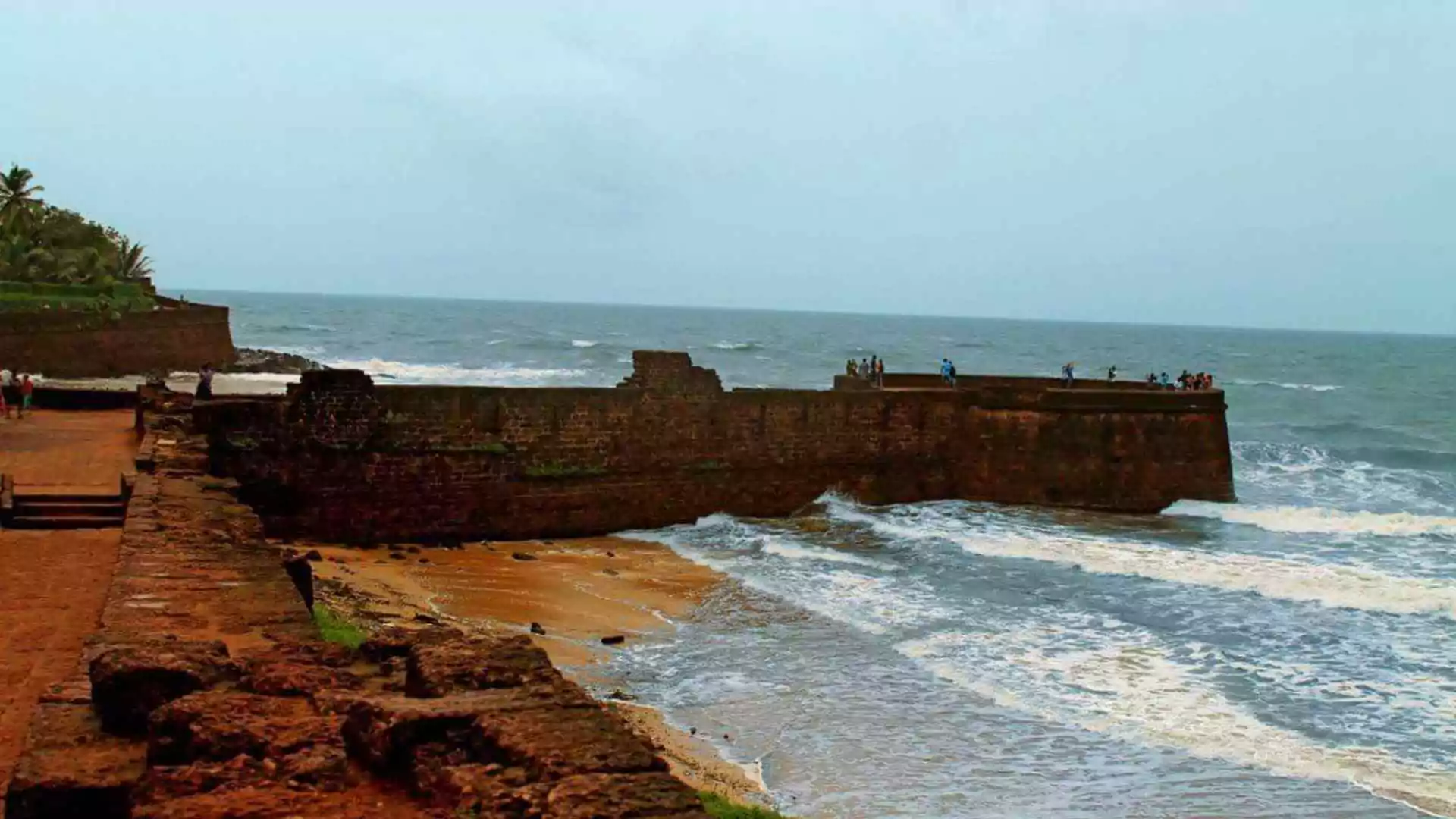In a dramatic turn of events, Syrian opposition forces entered the capital, Damascus, on Sunday, marking the first time since 2018 that rebels have reached the outskirts of the city. The rapid offensive, spearheaded by Hayat Tahrir al-Sham (HTS) and the Turkish-backed Syrian National Army (SNA), is challenging President Bashar al-Assad’s grip on power.
The offensive began on November 27 when HTS, Syria’s most powerful insurgent group, and the SNA launched a surprise attack, capturing key cities such as Aleppo, Syria’s largest city, and Hama, the fourth-largest. The HTS, led by Abu Mohammed al-Golani, has made its intentions clear: the goal of this offensive is to overthrow the Assad government. While the HTS was once a faction of al-Qaeda, it has claimed to have severed ties with the group in recent years, aiming to rebrand itself by focusing on civilian governance and military action.
The alliance between HTS and the SNA is a delicate one. The Turkish-backed militias are primarily focused on creating a buffer zone along Turkey’s southern border to counter Kurdish militants, while Turkey itself has recently pushed for reconciliation with Assad’s regime. Despite this, the current offensive appears to be moving forward, with HTS and SNA fighters making significant territorial gains.
In addition to the HTS-SNA offensive, local opposition groups have taken control of regions such as Sweida, home to Syria’s Druze minority, and Dana, a Sunni Muslim area that was central to the 2011 uprising. The Syrian Democratic Forces (SDF), a Kurdish-led militia backed by the U.S., controls much of eastern Syria, further fragmenting Assad’s hold over the country.
Currently, Assad’s regime retains control over just three of Syria’s 14 provincial capitals—Damascus, Latakia, and Tartus—while the opposition forces surround the capital. The capture of Homs, Syria’s third-largest city, further isolates Damascus from its coastal stronghold, cutting off critical supply routes and signaling a shift in the balance of power.
Despite backing from Russia and Iran, Assad’s allies are stretched thin due to involvement in other conflicts, such as the war in Ukraine and tensions with Israel. The Lebanese militant group Hezbollah, also a supporter of Assad, is weakened after its recent conflict with Israel. The United Nations is now pushing for a political transition in Syria, but international support for Assad is dwindling. U.S. President-elect Donald Trump has stated that Assad does not deserve U.S. support, describing the conflict as “not our fight.”
As rebel forces continue to tighten the noose around Damascus, the future of Syria remains uncertain. The HTS has declared that they are entering the “final stage” of their offensive, with hopes of completely breaking Assad’s control over the country. If successful, the rebels may end over 14 years of Assad’s rule in Syria.
ALSO READ: Syria Civil War: Video Of Rebels Inside Assad’s House And Smashish Family Pictures






















